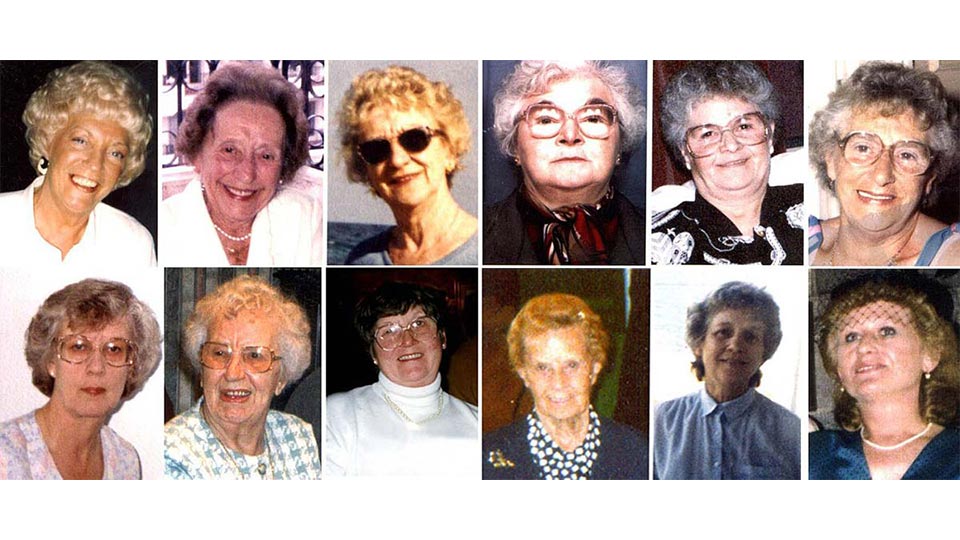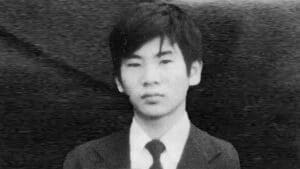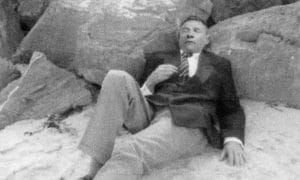Harold Frederick Shipman was born on January 14, 1946, in Nottingham, England. He was the second child of Vera and Harold Shipman. His family was middle-class, and there are no reports of significant problems or traumatic events during his childhood.
Shipman attended primary school in the Nottingham area and later enrolled in High Pavement Grammar School. During his school years, he was described as an average student and did not particularly excel in any specific area.
He was extremely close to his mother, who suffered from the aggressive progression of lung cancer. When Harold was 17 years old, he often watched doctors administer doses of diamorphine, better known as heroin, for pain relief in terminal cases.

After completing his studies at secondary school, Shipman decided to pursue a medical career. He graduated from the University of Leeds with a degree in medicine in 1970 and subsequently began working in hospitals and medical clinics in various areas of the United Kingdom.
Choice of Victims
Shipman primarily chose elderly women as his victims, many of whom lived alone. He exploited the trust they placed in him as their family doctor to administer lethal doses of medication.
The drug he most frequently used was diamorphine. After the victim’s death, he falsified medical records to suggest that they had died of natural causes.
He would inject lethal doses of these medications into his victims, often while being alone with them in their homes or during medical consultations. He would alter records to indicate existing medical conditions or invent diagnoses to justify the deaths.

Shipman avoided detection of his crimes for several reasons. Firstly, he was a doctor, which gave him access to medications and knowledge of how to administer them. Additionally, he enjoyed a reputation for reliability and competence among his patients and the community. These factors helped mask his actions and avoid suspicion.
Initial Suspicions
Dr. Linda Reynolds worked at the same clinic as Shipman, the Abraham Ormerod Medical Center in Hyde, Greater Manchester. She began noticing an alarming pattern of deaths among Shipman’s patients. Linda realized that the death rates in his medical practice were unusually high and began to suspect her colleague.
In March 1998, Dr. Reynolds decided to report her concerns to the authorities. She sent a letter to the local coroner, Dr. John Pollard, explaining her suspicions and requesting an investigation.
Dr. Reynolds’ letter caught the attention of the authorities and triggered an initial investigation into Shipman’s activities. However, initially, there was not enough evidence to substantiate the raised suspicions.
Subsequently, the investigative team decided to exhume some of Shipman’s patients’ bodies for further analysis. During the exhumations, evidence of diamorphine (heroin) was found in the bodies, even in cases where the official cause of death had been recorded as natural.
Expansion of the Investigation
Based on the evidence found in the exhumations, the investigation expanded to cover a larger number of cases. Shipman’s medical records were thoroughly examined, revealing a series of irregularities such as forged signatures and inconsistent records.
Trial, Conviction, and Suicide
In 2000, Harold Shipman, or “Doctor Death” as he became popularly known, stood trial at the Old Bailey in London, accused of the murder of 15 patients. During the trial, compelling evidence of his guilt was presented, including patterns of drug administration, record forgeries, and financial motives as he used the victims’ details and signatures after committing his crimes.

He was found guilty on all charges and sentenced to life imprisonment without the possibility of parole.
Harold Shipman was found dead in his prison cell at Wakefield Prison on January 13, 2004. The official cause of his death was declared as hanging, indicating that he had committed suicide.
His body was discovered by prison guards during a routine check. Reanimation efforts were made but were unsuccessful in bringing him back to life.
Shipman’s death in prison ended any chance of him revealing the exact number of his victims and the motives behind his crimes. It is believed that he was responsible for approximately 250 deaths, but the exact number remains unknown.










